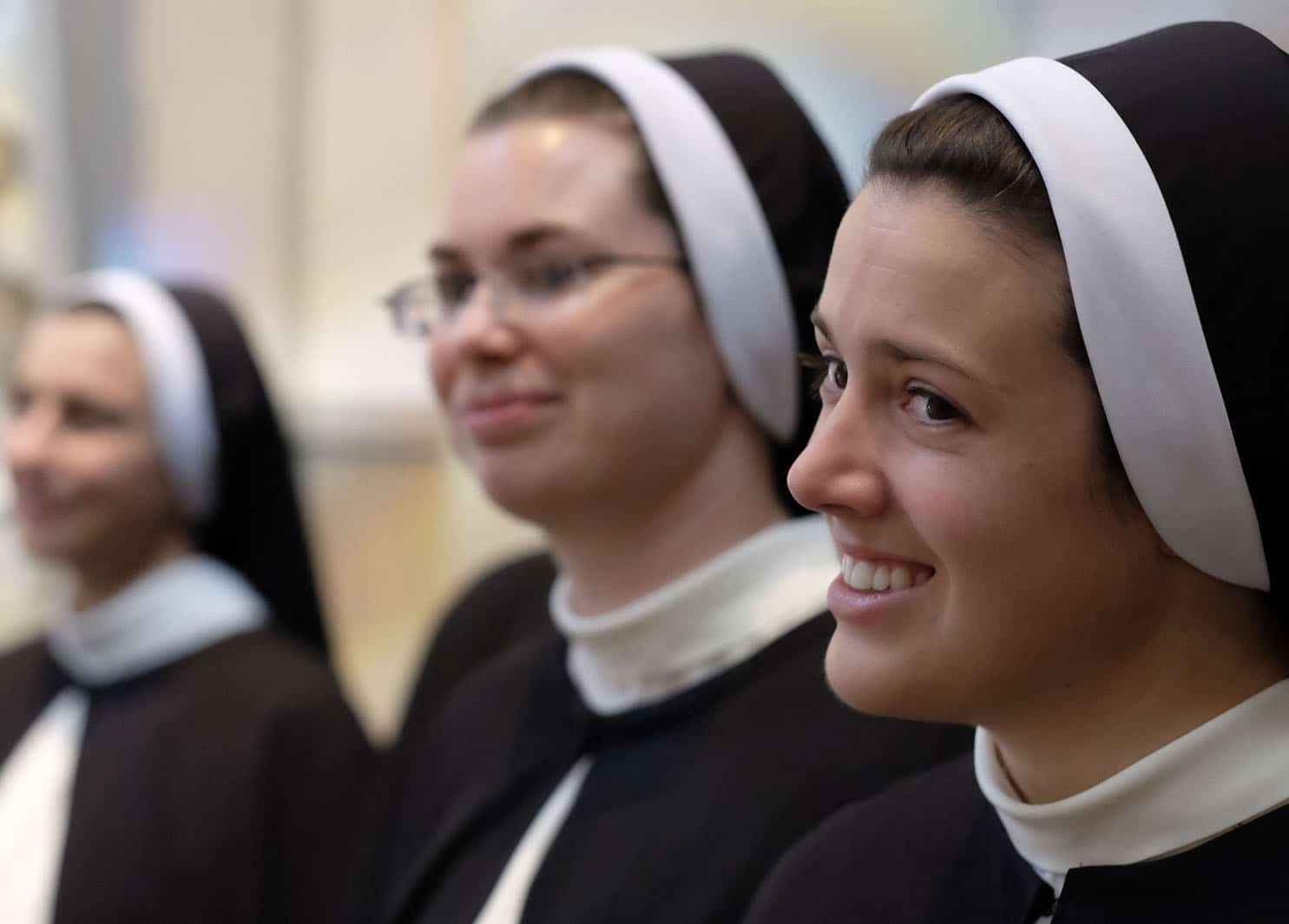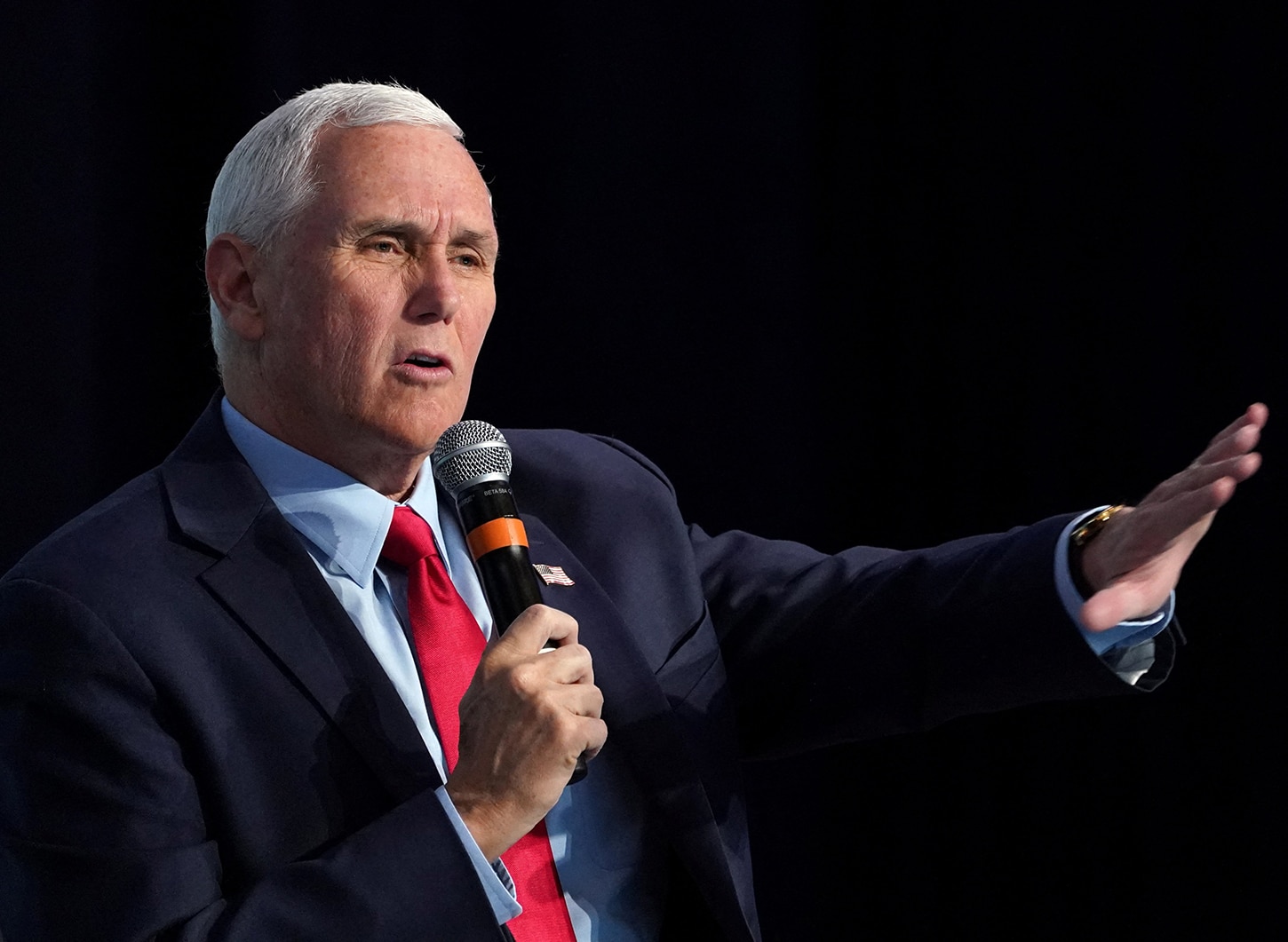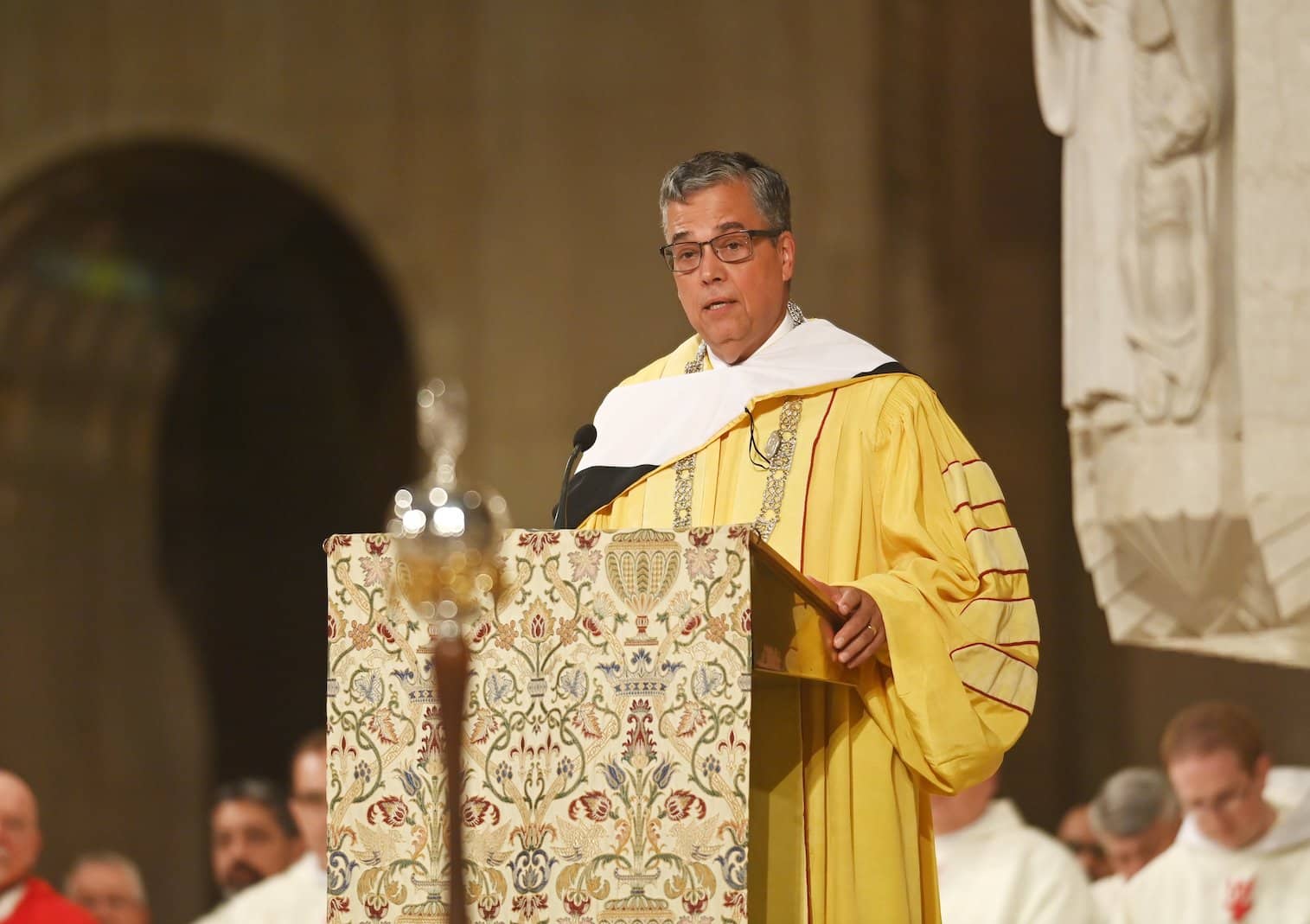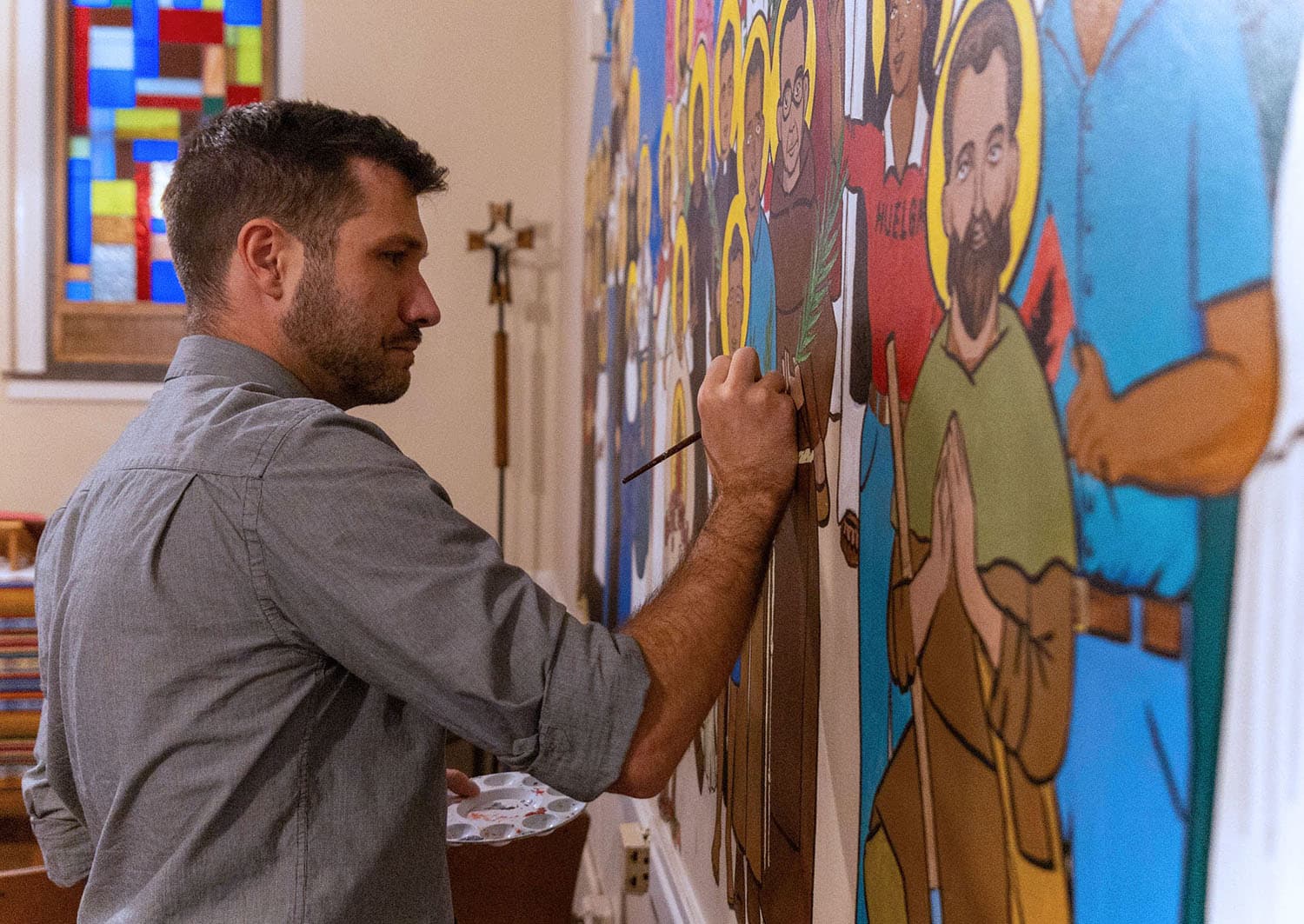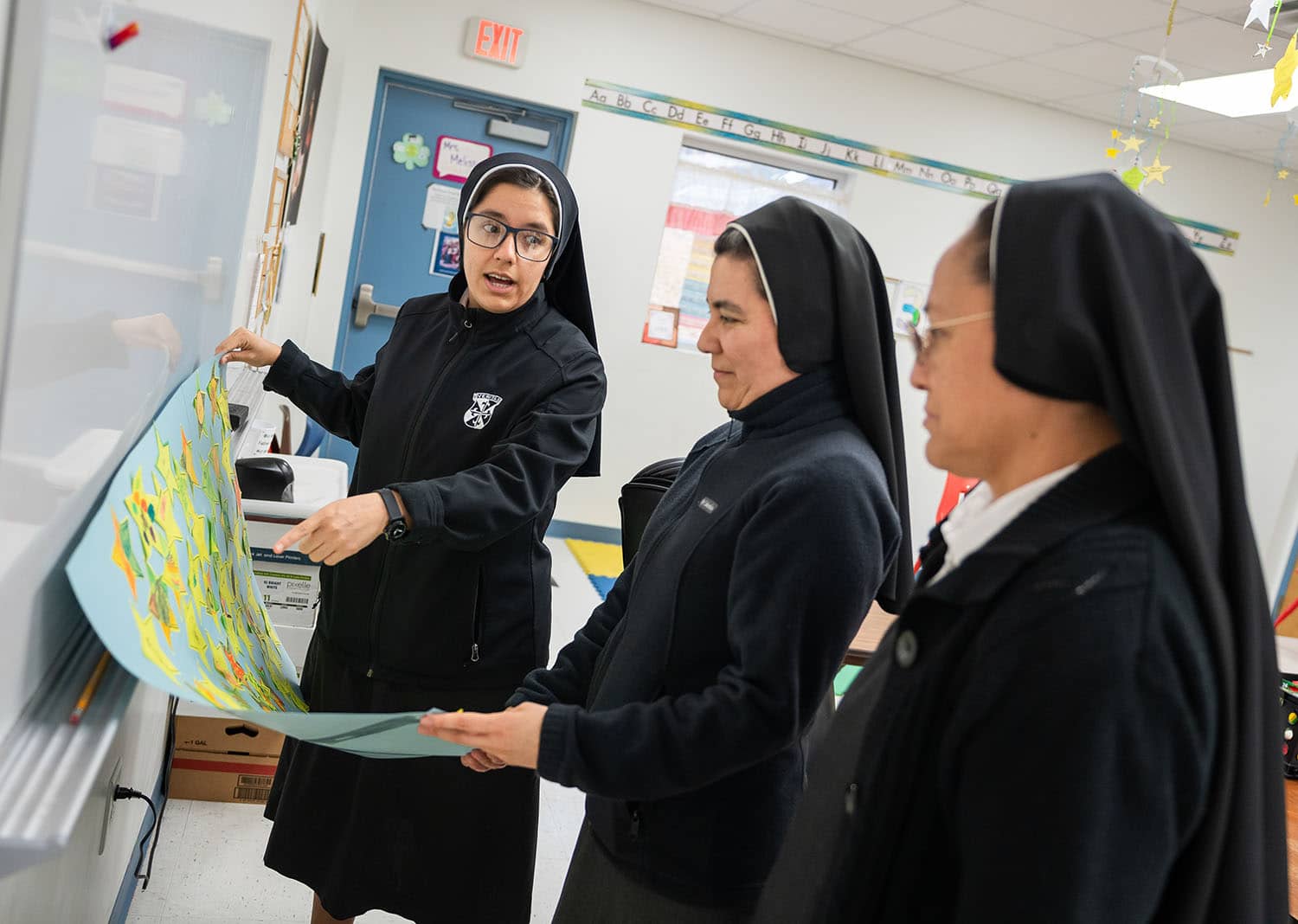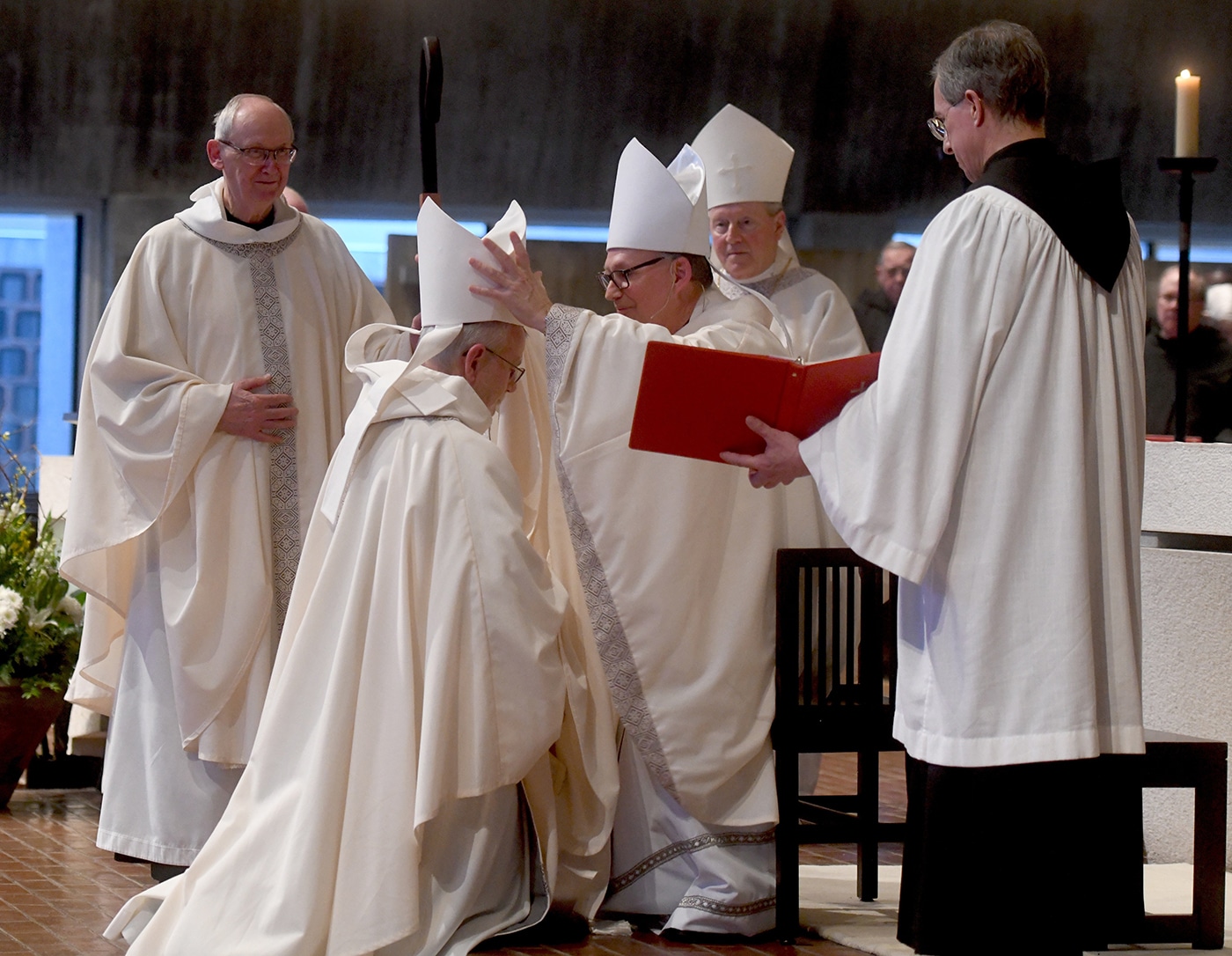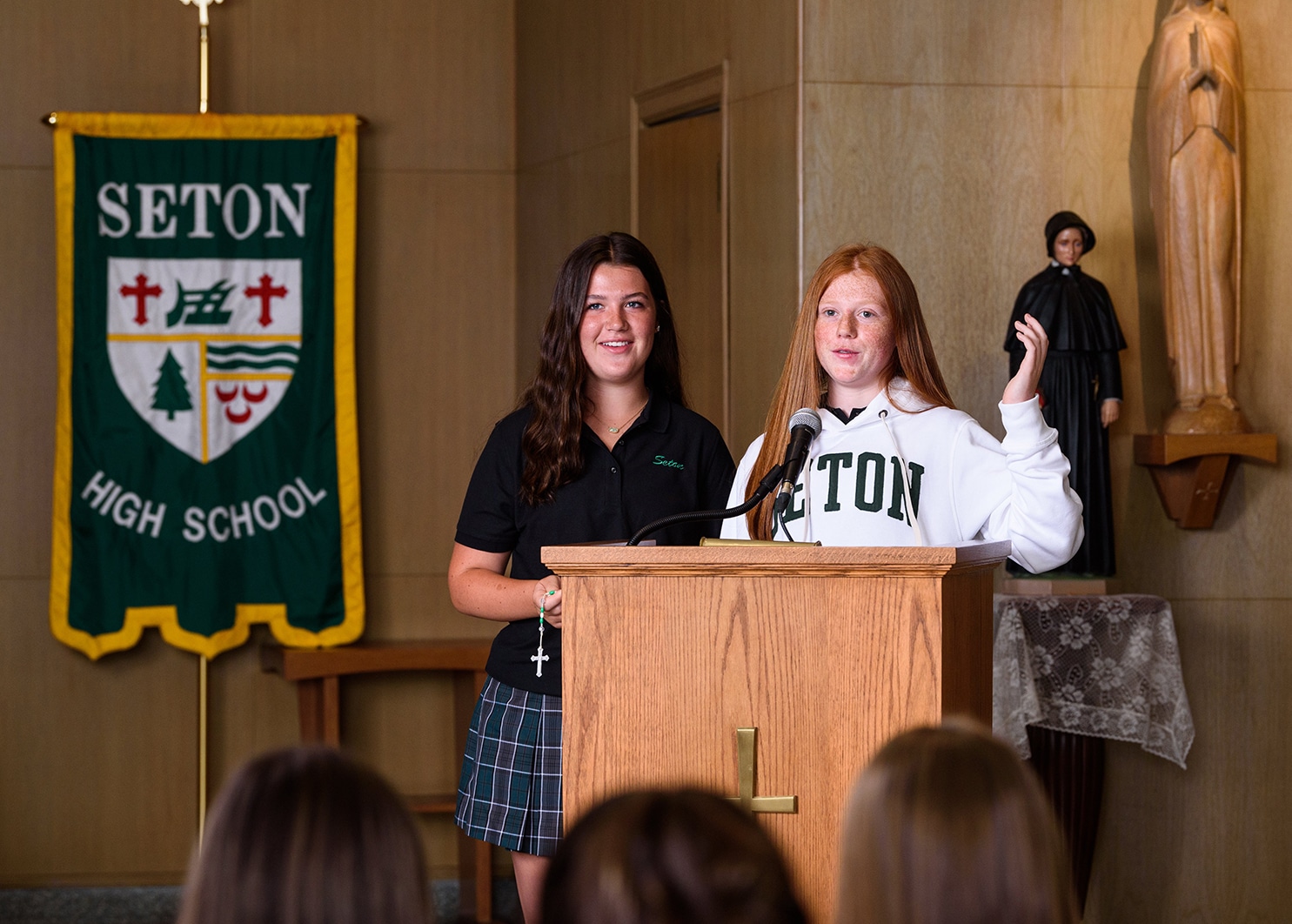(OSV News) — A new report shows a continued decrease in the number of permanent vocations to consecrated life in the U.S. — but key factors such as family life, devotional practices, Catholic education and personal encouragement can positively impact those numbers.
“Women and Men Professing Perpetual Vows in Religious Life: The Profession Class of 2023” was released Jan. 26 by the Center for Applied Research in the Apostolate (CARA) at Georgetown University, ahead of the Church’s World Day of Prayer for Consecrated Life on Feb. 2.
The study — annually commissioned since 2010 by the U.S. Conference of Catholic Bishops’ Committee on Clergy, Consecrated Life and Vocations — was written by CARA researchers Jonathon Wiggins and Sister Thu T. Do, a member of the Lovers of the Holy Cross of Hanoi.
The 101 religious members (53 sisters, 48 brothers and priests) who participated in the survey represented 70% of the 144 potential members of the profession class of 2023, as reported to CARA by 69% of the nation’s religious superiors.
Of the participating religious superiors, 87% reported their orders had no member profess perpetual vows in 2023, up from 82% in the 2022 report. In 2023, one in 10 institutes had one perpetual profession, while 4% reported between two to 15 members professed perpetual vows.
Continuous decline
“We are finding that there’s a continuous decline in the number of men and women making a final profession to religious life each year,” Jesuit Father Thomas Gaunt, CARA’s executive director, told OSV News.
He also noted the length of time from entrance into religious life to perpetual profession can vary from “seven to 20 years,” with the Jesuits, or Society of Jesus, having a particularly long span.
The average age of the 2023 profession class is 36, with half of the survey participants age 33 or younger.
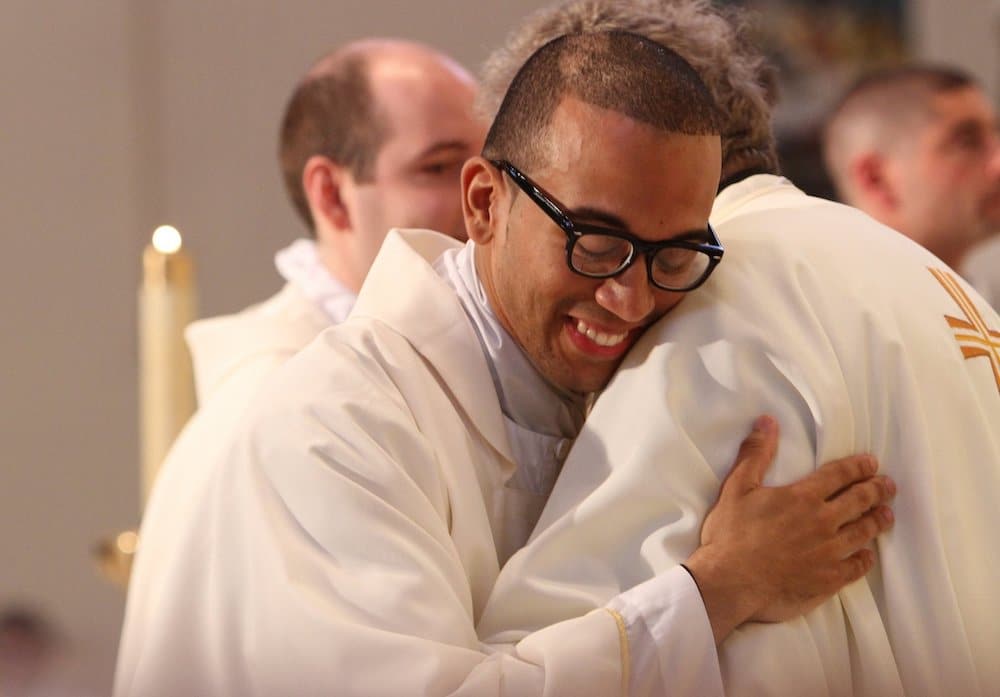
Statistics of participants
More than three-quarters (76%) were born in the U.S., and 67% listed their primary race or ethnicity as Caucasian, European American or white. One in 10 or less identifies as Asian/Pacific Islander/Native Hawaiian (12%); as Hispanic or Latino (9%); as African, African American or Black (7%); and as mixed race or other (5%).
An overwhelming majority, 94%, said that as children they had at least one parent who was Catholic, with 86% of the respondents stating both parents were Catholic. Almost all survey participants (99%) were raised by their biological parents during the most formative part of their childhood. Close to nine in 10, or 88%, were raised by a married couple.
Just over half of the class, 51%, attended a Catholic elementary school, and respondents were more likely than other Catholics in the U.S. to have attended both a Catholic high school (46%) and college (43%). About 14% reported being homeschooled at some point, with the average length of time being nine years.
Strength of a Catholic environment
“Generally, the more Catholic education, (the more) you increase the likelihood that someone will consider a religious vocation,” said Father Gaunt. “And it gets stronger often enough, if (that education extends) to Catholic high schools or colleges. Part of that is you’re just more exposed to a Catholic environment, and the consideration of a religious vocation will not be as countercultural, in one sense, as if you had not attended those Catholic schools. It makes (religious life) a little more thinkable.”
The report described the 2023 profession class as “highly educated,” with 62% entering their respective religious institutes after earning at least a bachelor’s degree, and 20% after obtaining a graduate degree.
At the same time, educational debt did not delay most survey participants from entering religious life; the 9% who reported educational debt experienced less than a year of delay as they cleared just under $37,000 in student loans, assisted by friends and family members.
While respondents said they were on average 18 years old when they first considered a vocation, some 82% had prior work experience before entering religious life — more than half (55%) had worked full time — with business, education and health care the top fields.
Formative prayer experiences and invitation
Respondents reported that Eucharistic adoration (82%), the rosary (72%) and retreats (72%) were among their most common formative prayer experiences, with four out of five respondents regularly practicing adoration prior to entering religious life.
Father Gaunt also highlighted the need to pay “attention to the cultural differences in devotions and practices” — such as processions, home altars, family prayers and other forms of popular piety — which are informing the one-quarter of foreign-born religious aspirants to religious life in the U.S.
The study found that participation in religious programs and activities also correlated highly with vocations, as more than 93% of the respondents cited experience in ministries such as lector (55%), altar servers (54%), and youth ministry or youth group (45%).
“That’s a key element, and a piece of the invitation,” said Father Gaunt. “It’s just placing younger people in a ministerial role.”
Personal interactions also helped to foster consecrated life, with 82% of the respondents noting that they had been encouraged to consider a vocation by a priest (45%), religious sister or brother (44%), friend (41%), teacher or catechist (27%) or parent (mother, 26%; father, 23%).
At the same time, more than 55% reported that one or more persons had discouraged them from pursuing a religious vocation, with women more likely than men to report this experience.
Just under one-third of the respondents (31%) said they first became acquainted with their respective religious orders through a sponsored institute, such as a school or hospital. Another 26% said they learned of their institute through print or online promotional material.
Almost all (94%) of the respondents said they had taken part in some form of vocational discernment program, particularly “come and see” experiences.
In many respects, creating a culture of religious vocations involves consistently doing “simple things … that are very important for us to keep in mind,” said Father Gaunt.
Young people are “getting a lot of reinforcement going in the other direction,” away from religious life, he said. “What’s the positive reinforcement that they find or experience? That would be the key.”

